If you want to lead a middle-class lifestyle, you need to be rich.
The middle class is dying. Americans' incomes have been stagnant for decades as companies squeeze workers, the global economy becomes more competitive, and the government does little to help. The U.S. is being split into a collection of islands for the rich and a vast land mass for the poor. Just as in third-world countries, if you want to lead a comfortable life, you have to be rich.
A middle-class lifestyle requires making a lot of money. Traditionally, it's perceived that a typical middle-class family owns a home with two cars in the driveway. The family raises two kids that go to good schools. Saving for college and retirement isn't a luxury.
In today's America -- where we can barely afford to have kids -- this middle-class lifestyle has become out of reach for a growing number of Americans.
The median annual wage was roughly $26,000 in 2010, and the median U.S. household made just $50,000 last year. What's more, the median wage and income have been falling. If you want to afford a middle-class lifestyle, your household needs to make six figures, and that means being in the top 20 percent. That's upper-class.
The current economic climate and poorly crafted government policies are squeezing the middle class. Many formerly middle-class jobs have been outsourced to other countries or eliminated because of technological change. But the government also is letting the unemployment rate stay high, as it refuses to pursue a second stimulus. The government actually has laid off many middle-class workers, and it has not protected collective bargaining. As a result, many companies have laid off middle-class workers and downgraded other middle-class jobs to lower pay.
The middle class has been getting hollowed out for decades. Worker productivity has grown 11 times more quickly than median hourly compensation since 1979, and the rich have captured most of the gains. The top one percent seized 60 percent of all income gains between 1979 and 2007, while the bottom 90 percent was left with just 9 percent of total income growth. We are making more money for our employers than ever -- but as long as the unemployment rate stays so high, employers are likely to keep paying their workers as little as possible.
Moreover, Americans' chances of getting a good-paying job are falling. Most jobs lost during the recession paid middle-class wages, and most jobs created during the economic recovery pay little. There still are fewer high-wage jobs now than before the recession.
If you want to lead a middle-class lifestyle, you have to secure a high-paying job -- for instance, as a corporate executive, doctor, lawyer, engineer or investor -- and not let yourself get shoved into a low-paying job as a store clerk or waiter. This requires a good education, hard work, connections, luck, and possibly choosing money over job satisfaction. There isn't much room in between.
If you want to pursue your dream career in a lower-paying field, there is a high chance that you'll be poor for the rest of your life. The median annual pay for high school teachers is $53,000; for journalists, it's $36,000. You might be good at your job because you love what you're doing, but you probably won't get compensated well for it.
You'll also have to pay up if you want to make sure that your kids don't struggle for the rest of their lives. These days, since some skills are in high demand, a quality education usually is the difference between having a high-paying job or being unemployed or stuck in a low-paying job.
A good education is an excellent but expensive investment. Homes near high-achieving public schools cost an average $205,000 more than houses near bad public schools, and the average nonsectarian private school costs roughly $18,000 per year. Meanwhile, college and grad school on average cost more than $20,000 per year.
Today, you either gain admission into the land of the rich or have to settle for being broke for the rest of your life. There is not much room in between.